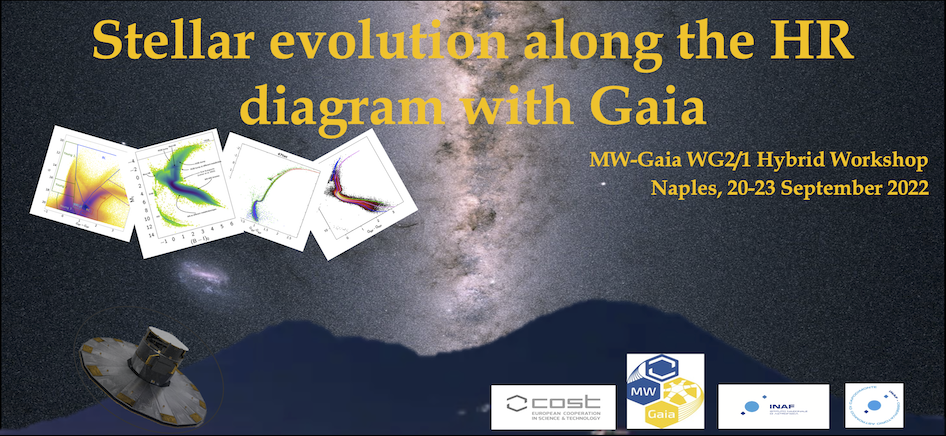Speaker
Description
We examine the population of asymptotic giant branch (AGB) stars that appear in the fields of intermediate-age and young open star clusters using GAIA DR2 and EDR3 photometric and astrometric data. For the first time, thanks to GAIA, we identify 49 AGB star candidates brighter than the tip of the red giant branch, with a good to high cluster membership probability. There are 19 TP-AGB stars with known spectral types among them: 4 M stars, 3 MS/S stars, and 12 C stars. We characterize each star in terms of initial mass, luminosity, mass-loss rate, core mass, period, and mode of pulsation by combining observations, stellar models, and radiative transfer calculations that include the effect of circumstellar dust. The data collected allows us to shed light on the TP-AGB evolution at solar-like metallicity, constraining the third dredge-up process, the initial masses of carbon stars, stellar winds, pulsation, and the initial-final mass relation (IFMR). We discover that two bright carbon stars, MSB 75 and BM IV 90,members of the clusters NGC 7789 and NGC 2660 (with similar ages of 1.2-1.6 Gyr and initial masses of 2.1 > Mi/Msun > 1.9), have unusually high core masses, Mc~ 0.7 Msun. These results support the findings of a recent work that identified a kink in the IFMR, which suddenly interrupts its monotonic trend just at the same initial masses. Interestingly, the ages of the host clusters NGC 7789 and NGC 2660 correspond to the transition between low-mass stars that undergo the helium flash at the RGB tip and those just massive enough to avoid electron degeneracy in their helium cores. The intriguing implications for stellar and galaxy evolution are discussed.

